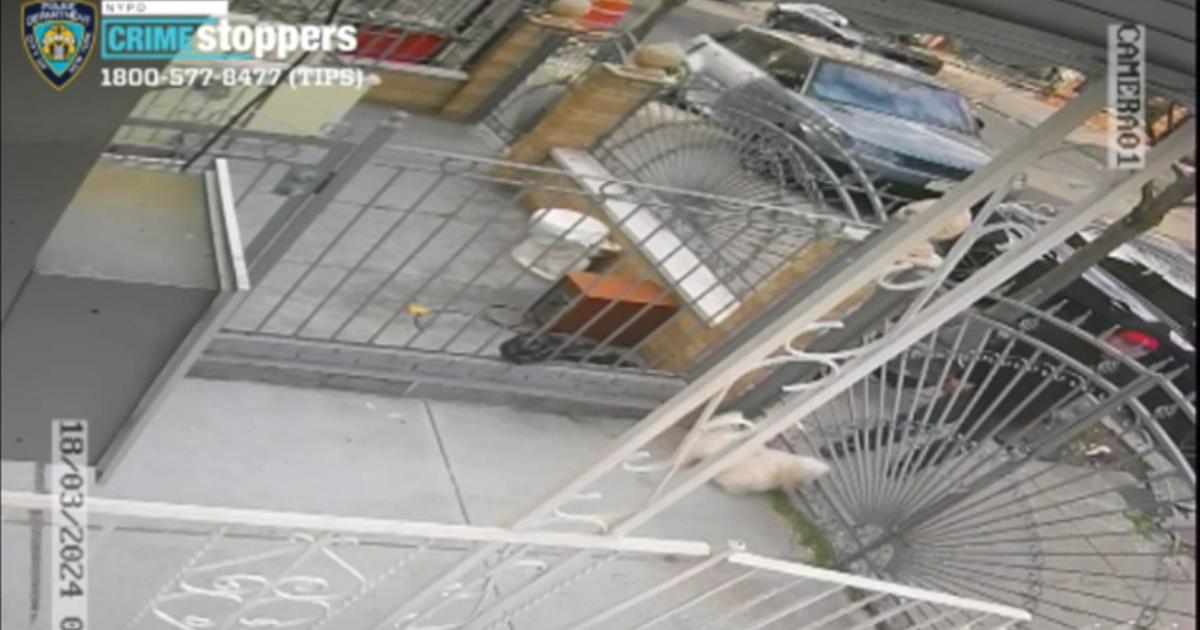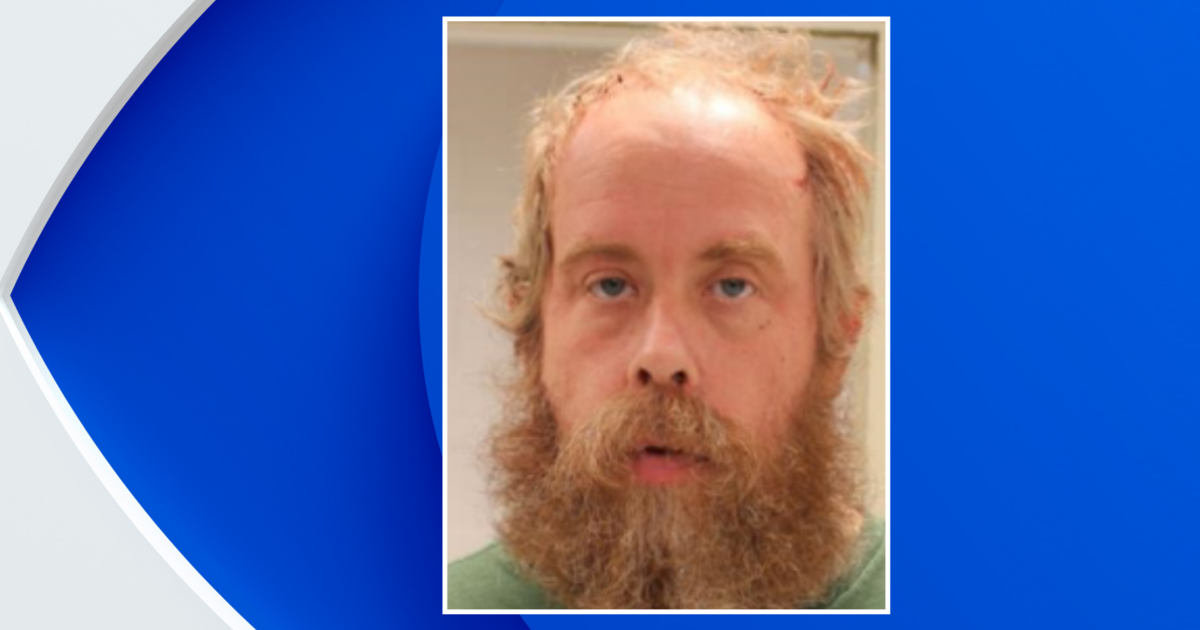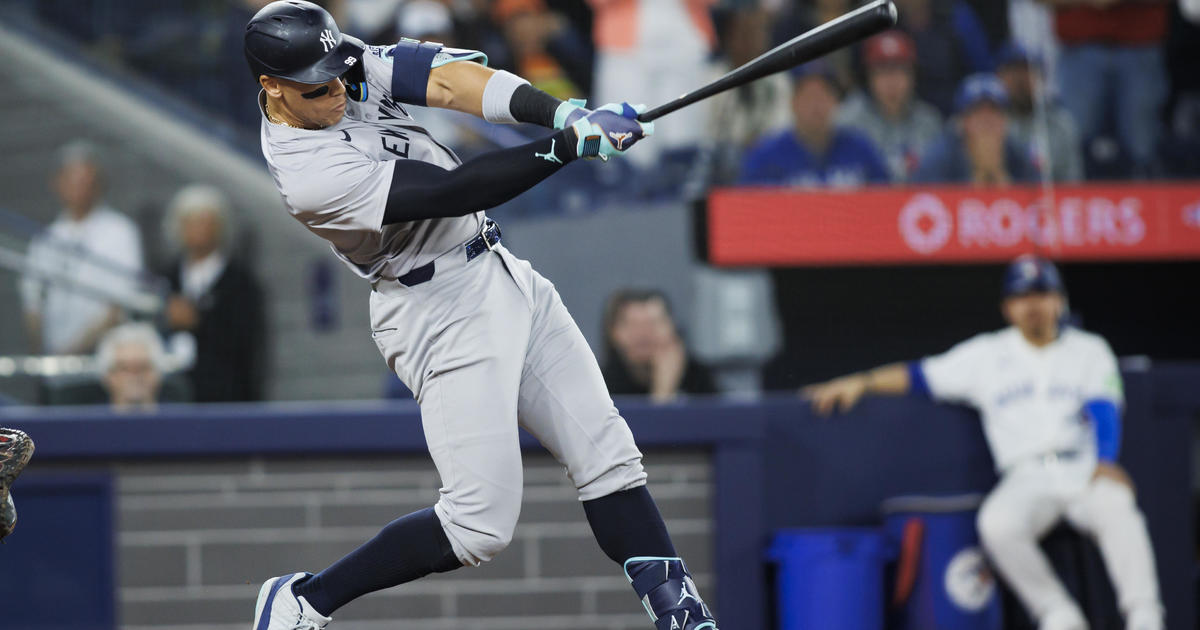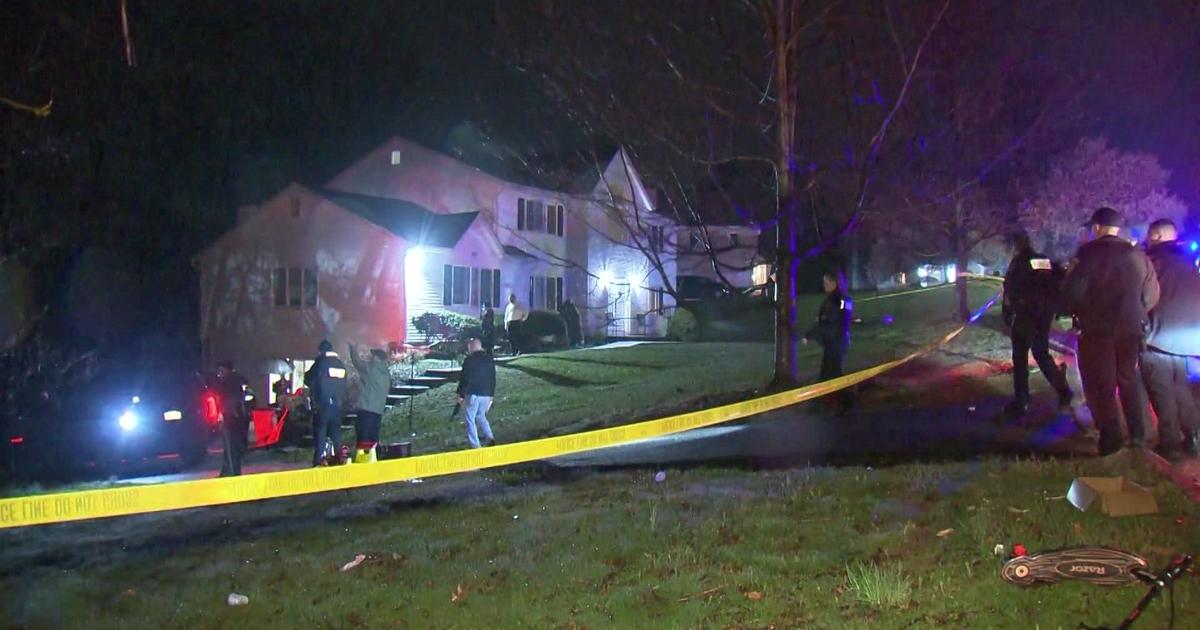Sims: Eovaldi Faces Long, Tough Road Back To Majors
By Abby Sims
» More Columns
Yankees starting pitcher Nathan Eovaldi is scheduled to undergo surgery for both a torn ulnar collateral ligament and flexor tendon in his right elbow. At only 26 years old, this will be the right-hander's second go-round with the Tommy John procedure to address a UCL tear, the first having occurred while he was in high school.
The Wall Street Journal's Jared Diamond reported that Eovaldi's flexor tendon was torn completely off the bone.
Though a number of pitchers have returned to action after having a repeat Tommy John, research has shown a significantly lower success rate the second time around. Greater difficulty with revision procedures may result from a variety of factors, including that the desired tendon graft was already harvested, and the bone, though healed, had been drilled previously to weave the tendon graft through, leaving a less pristine joint. Scar tissue may also be an issue.
While those who do return to the majors are generally able to compete at a high level, the combination of the two procedures required now in Eovaldi's case make his prognosis an even bigger question mark. It also means an extended period of recovery of up to 18 months.
Why might these injuries have occurred occur together?
An understanding of the intimate relationship between the flexor tendon and the ulnar collateral ligament at the elbow explains how these two injuries can occur in tandem.
The UCL
The UCL, located at the inner – or medial – aspect of the elbow, is the primary stabilizer of this area of the joint. Ulnar collateral ligament injuries occur in throwing athletes because of the extreme and repetitive loading on the medial elbow during the pitching motion. This valgus stress is greatest just after the cocking phase and during the acceleration phase of the motion. Muscular activity of some of the flexors is also heightened during acceleration, also putting them at risk.
The Flexor Tendon
There are a total of nine muscles located in the palm side of the forearm. Some play a role in flexing the wrist or fingers while others rotate (pronate or supinate) the forearm. Some of these also assist with bending the elbow. These muscles are divided into three layers, and the five in the outermost (superficial) and middle layers all attach at the inner elbow in what is known as a common flexor tendon.
Excessive loading of the region can impact not only the UCL – resulting in anything from microtears to complete rupture – but the resultant laxity combined with continued demand can result in inflammatory conditions in other structures in the area. These include not only the muscles/tendons attaching at the inner elbow but also the elbow joint capsule and the ulnar nerve. Additionally, these stresses can result in the formation of bone spurs.
Two of the flexor muscles – flexor carpi ulnaris (FCU) and flexor digitorum superficialis (FDS) – overlap the UCL. The FCU is especially positioned over the ligament when the elbow is flexed at a right angle.
Due to their location and function, these muscles are considered to assist with the dynamic stabilization of the inner elbow. In the presence of a UCL injury, the activity of the FCU and FDS, as well as that of another of the flexors -- the flexor carpi radialis (FCR) -- drops significantly. At the same time, the added stress to these tendons can ultimately result in strains and tearing.
Eovaldi has a long road ahead. Scheduled to be a free agent after the 2017 season, which he will sit out, he may not return in a Yankee uniform if he does make it back to the game.
Abby Sims is a licensed physical therapist with vast experience evaluating and treating orthopedic, sports and dance injuries. Follow her on Twitter @abcsims.



